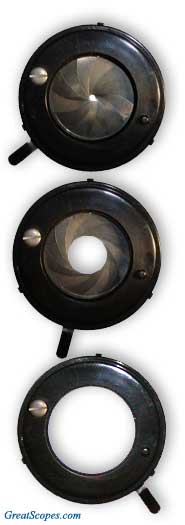

For example, light passing through a thicker or denser part of a specimen (such as the nucleus of a cell) may be reflected or refracted (“bend” by changing speed or direction) more than those waves passing through a thinner part. Light waves that pass through and interact with the object may speed up, slow down, or change direction as they travel through “media” (such as air, water, oil, cytoplasm, etc.) of different densities. Since this isn’t a physics course, it’s more important to know how to create exceptional images of the object than it is to know precisely how those images are formed.

How images of biological objects are formed is actually more physics than biology. With a bright-field microscope, images are formed as a result of the interplay between light waves, the object, and lenses. Adjust the distance between the ocular lenses.Move the stage (stage adjustment knobs).Locate the parts on the microscope that allow you to : A good place to begin is to learn the name and function of all of the various parts, because when we talk about the ways to improve microscopic images, terms like “ocular lenses” and “condenser” always come up.īased on the picture of the binocular, compound light microscope in Figure 1, match the name of the major part (listed below) with its location on the microscope, and give a very brief description of what each is used for: Ocular lenses To use this important piece of equipment properly, it is helpful to know how a microscope works. Lenses produce the magnified images that allow us to visualize the form and structure of these tiniest of living beings. Microscopes are optical instruments that permit us to view the microbial world. There would be little to do in a microbiology laboratory without a microscope, because the objects of our attention (bacteria, fungi, and other single celled creatures) are otherwise too small to see.


 0 kommentar(er)
0 kommentar(er)
